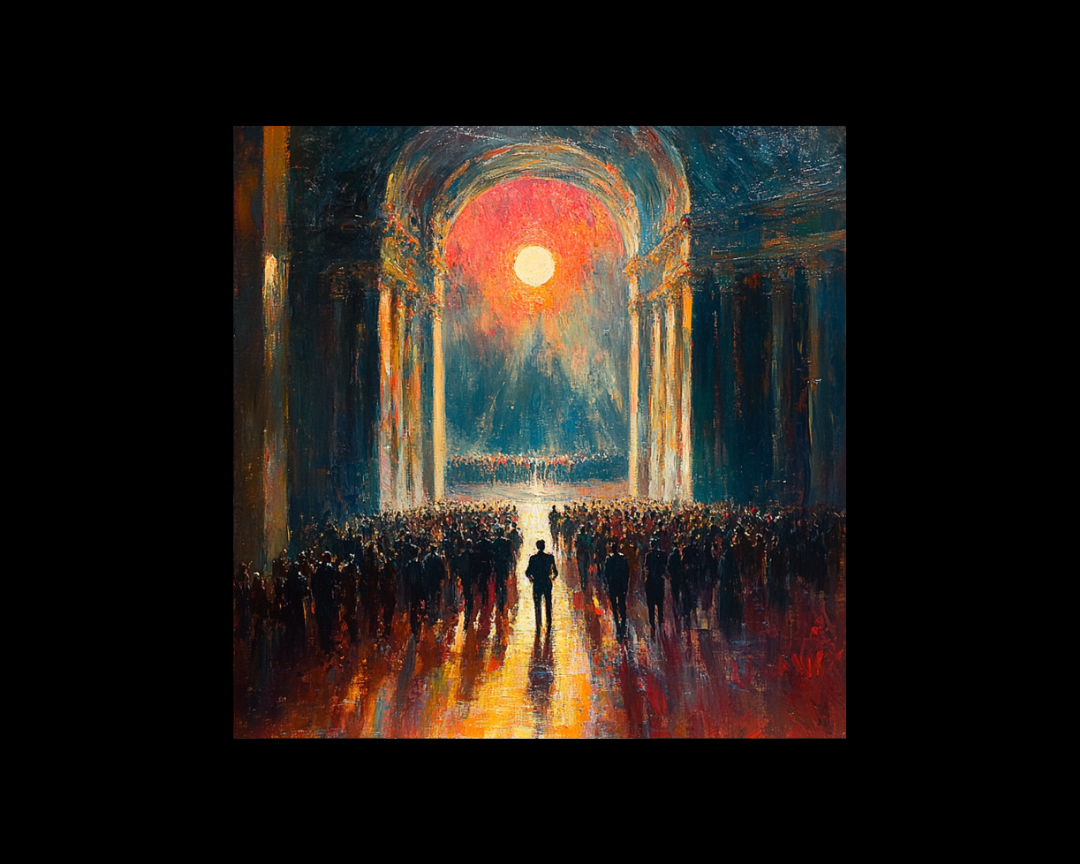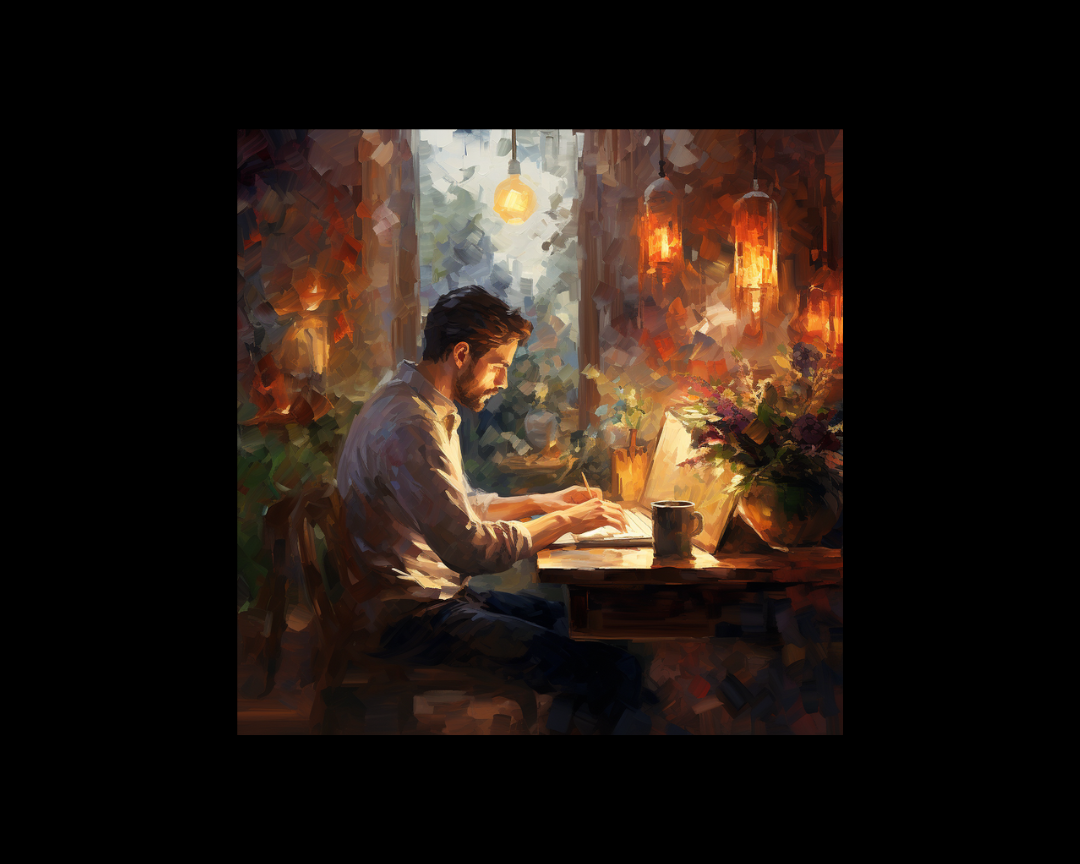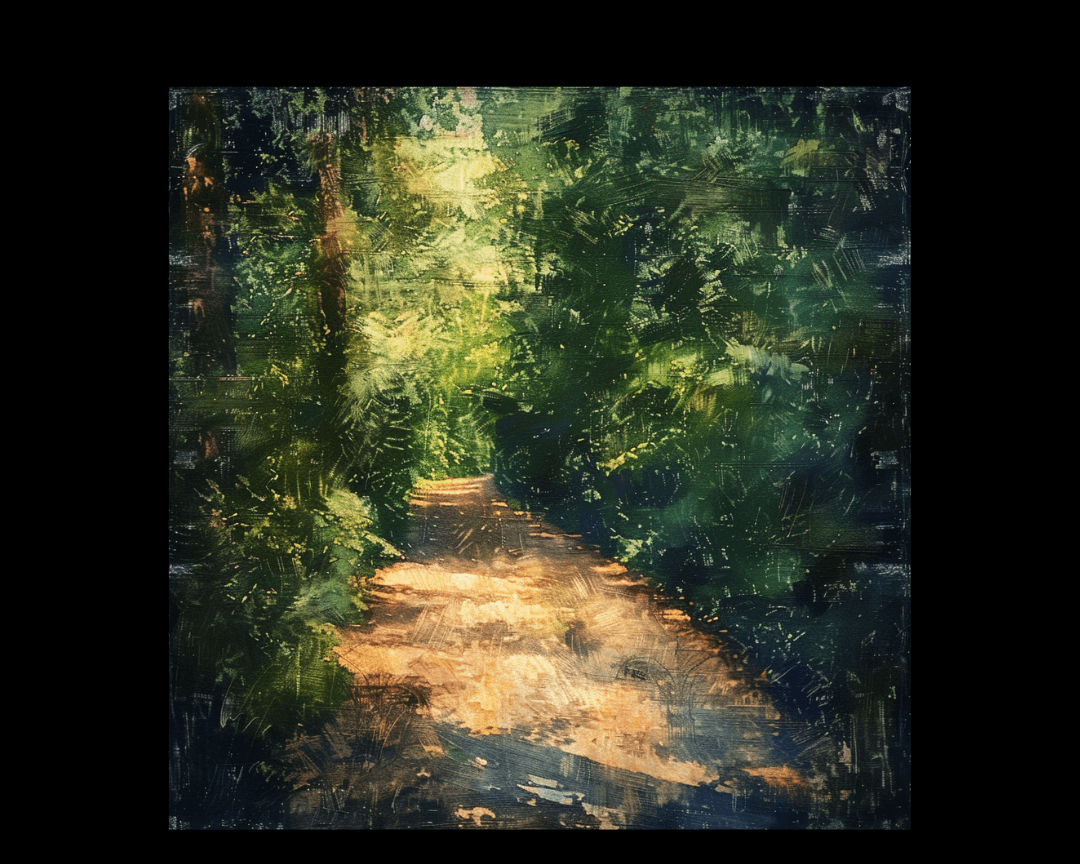How to End a Book: Writing Memorable Final Lines and Moments
Story endings can be thrilling, rewarding, and, for many writers, intimidating. A strong ending must provide resolution, deliver emotional impact,...
-1.png)
Dialogue is easy to spot because it has those nifty little quotation marks, but not all text that isn’t dialogue can be lumped together. The difference between description and exposition can be tricky to determine, but it is most definitely there. The key is to remember this equation:
How can we distinguish between description and exposition? Here are some of the key differences.
Exposition involves the presentation of information, background details, or events that are necessary for the reader to understand the story. It often gives a series of events or facts, skims over moments that are not important, and communicates information to the reader quickly and directly. In essence, exposition tells rather than shows.
Exposition allows the author to present the background or the buildup to the action in a concise manner. For instance, in J.K. Rowling's Harry Potter and the Sorcerer's Stone, the reader is quickly introduced to the Dursleys, the mundane life Harry leads, and the peculiar events leading to his discovery of the wizarding world. Rowling uses exposition to lay the foundation for Harry's extraordinary journey.
Exposition often moves swiftly through events that don't need detailed description. In The Great Gatsby by F. Scott Fitzgerald, the initial chapters provide a succinct overview of Nick Carraway’s background, his move to West Egg, and his observations about Gatsby. This skimming sets the stage for the unfolding drama without bogging down the narrative.
Exposition is particularly useful for conveying complex information or backstory efficiently. George Orwell’s 1984 employs exposition to explain the oppressive political landscape and the concept of Big Brother, immersing readers in the dystopian setting from the outset.
An example of exposition telling rather than showing can be found in To Kill a Mockingbird by Harper Lee. The first chapter uses exposition to introduce Scout’s family history, her father’s career, and the social dynamics of Maycomb, Alabama. This approach provides essential context for the reader without delving into detailed scenes.
Description, on the other hand, paints a picture of a specific moment or element of the story. It digs into one moment, showing the reader the details, making them infer and discover information. In essence, description shows rather than tells.
Description creates vivid imagery and immerses the reader in the story's world. In The Road by Cormac McCarthy, the author’s detailed descriptions of the desolate, post-apocalyptic landscape draw the reader into the characters’ harrowing journey. The bleakness and desperation of their environment are palpable through McCarthy’s evocative language.
In Pride and Prejudice by Jane Austen, the detailed description of the Netherfield ball brings the scene to life. Austen’s depiction of the setting, the guests, and their interactions allows readers to experience the grandeur and social intricacies of the event firsthand.
Description often leaves room for the reader to interpret and uncover layers of meaning. In The Catcher in the Rye by J.D. Salinger, Holden Caulfield’s observations and descriptions of people and places reveal his inner turmoil and disillusionment with the world around him.
A prime example of showing through description can be found in The Lord of the Rings by J.R.R. Tolkien. The meticulous portrayal of Middle-earth’s landscapes, from the Shire’s pastoral beauty to Mordor’s foreboding desolation, allows readers to visualize the epic journey and understand the stakes without explicit exposition.
The key with description and exposition is to know when to use each one. Many writing teachers give broad instructions like “Show, don’t tell.” That would imply that writers should always prefer description over exposition, but that’s not always the case. There is a time and place for both.
Exposition is crucial for getting from point A to point B in the story. If you used only description, the stories would never go anywhere. Without exposition, the reader would be stuck in each individual moment of the story, regardless of whether they were essential moments or not. The key is to show the important parts of the story and move quickly past the less critical moments.
Example: In The Hunger Games by Suzanne Collins, exposition is used to quickly explain the rules of the Games and the political structure of Panem, allowing the reader to understand the stakes without needing to experience every detail firsthand.
Description is useful when you want to put the reader in a specific moment of the story. When you use description, the reader has to work harder because description forces us to engage with the text on a deeper level. On the other hand, description also is one of the main things that pulls us into that moment and gives us that feeling of “being lost in the story.”
Example: In Beloved by Toni Morrison, the rich, sensory descriptions of Sethe’s haunted house and the characters’ experiences immerse the reader in the emotional and historical depth of the narrative.
When it comes to description and exposition, a good writer doesn’t use just one and avoid the other. In the end, it’s all about finding a balance between the two and knowing how to use each technique to the story’s best advantage.

Story endings can be thrilling, rewarding, and, for many writers, intimidating. A strong ending must provide resolution, deliver emotional impact,...

Have you ever been told that your story felt bogged down with too much information? Or perhaps you've encountered a fantasy novel where the first...

Far beyond a mere formality, the introduction to a book can shape a reader's experience, setting the stage for the following narrative. A...